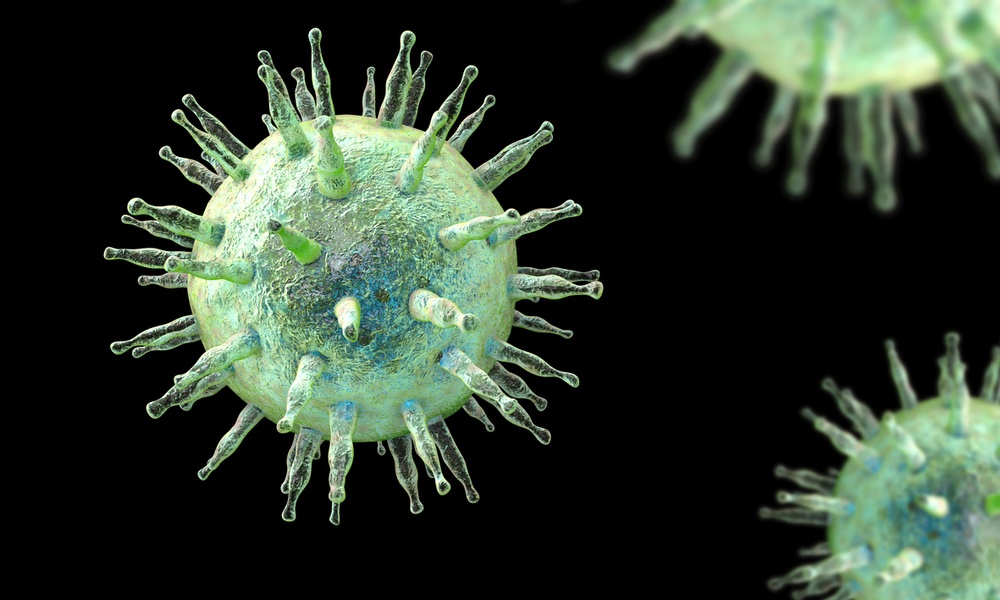Sudden high fever, chills, severe body aches, headache and exhaustion are the hallmarks of influenza. School-age children are two to three times more likely than adults to come down with the virus that causes the disease. Severe illnesses and deaths, however, are most likely to occur among adults over 50, many of whom have underlying heart or lung disease.
"The SARS epidemic, which frightened so many, actually caused fewer than 1,000 deaths worldwide," says Cary Engleberg, M.D., professor and division chief of Infectious Diseases at the University of Michigan Health System. "Influenza is responsible for more than 20 times that many deaths every year in the U.S. alone."
Most experts agree with Engleberg that, for most of us, a flu shot is worth considering. "Studies show it can effectively prevent the flu in about 70 percent of individuals, but even for those who develop influenza after getting the vaccine, their course of illness is much less severe," he says.
According to the U.S. government, annual vaccination is a must for those who fall into the certain CDC 'recommended' categories, including people 50 or older (new this year — down from age 65), pregnant women, health care providers, and those who are immunocompromised, or have serious or chronic health problems.
And for the healthy but needle-shy, there is a new nasal spray vaccine that appears to be as effective as the injected version. Approved by the Food and Drug Administration in June, FluMist® is both the first nasally administered vaccine and the first 'live virus' influenza vaccine to be sold in the U.S.
FluMist uses a live, but weakened, virus administered to help develop immunity. This weakened virus is adapted to grow at the lower temperatures of the nasal passages but not at the warmer temperatures of the lungs where influenza typically develops.
"As a result," says Engleberg, "it induces a small infection in a healthy individual but only replicates to a limited extent — not enough to produce symptoms but enough to induce an immune response capable of fending off a real virus."
The vaccine is approved for healthy children and adolescents ages 5 to 17, and healthy adults ages 18 to 49. Because it is a 'live virus' vaccine, FluMist is not recommended for people with immune suppression, asthma, chronic underlying medical problems, or those who have had an allergic reaction to eggs or any previous dose of flu vaccine.
It is usually recommended that flu vaccines be given in October or November to allow the immune system time to build up its defenses. However, those at high risk of developing complications are encouraged to get vaccinated in October or even earlier.
When asked by TheDoctor for his views on these recommendations and on FluMist and flu vaccination in general, Dr. Edwin D. Kilbourne, Research Professor Emeritus (recently retired), New York Medical College, acknowledged that "the more people of all ages who get influenza vaccine the better, for the reasons set forth by CDC."
He pointed out, however, that "because most people have had some prior exposure to influenza A viruses, they may be considered as primed for a prompt response as early as 10-14 days after injection of any new influenza A virus-containing vaccine. This means that it is never too late in the influenza season to immunize. Of course, it is preferable to administer vaccine just prior to the usual influenza season, but even in the middle of an epidemic some people will derive benefit from late vaccination."
Dr. Kilbourne also expressed a number of reservations about the commercial use of vaccines using live influenza viruses, such as FluMist. "The 'weakened' viruses in FluMist," he said, "are 'real.' Like all live virus vaccines, they are real infectious agents whose potential hazards should be fully understood by the public and by prospective vaccinees."
"Although preliminary trials have been promising," he added, "we are still dealing with a virus which in order to replicate and immunize must produce some damage to respiratory tract epithelium; such damage can pave the way for secondary bacterial infection or colonization. Of equal concern is the potential of the vaccine virus 1) to revert to virulence by mutation of its own genes, or 2) to recombine its genes with wild type influenza viruses to form yet another virus with unknown potential."
"At the very least," Dr. Kilbourne warned, "the recent release of the live virus vaccine for commercial use should be monitored closely."
Reviewed by: Dr. Edwin D. Kilbourne, Research Professor Emeritus, New York Medical College.




